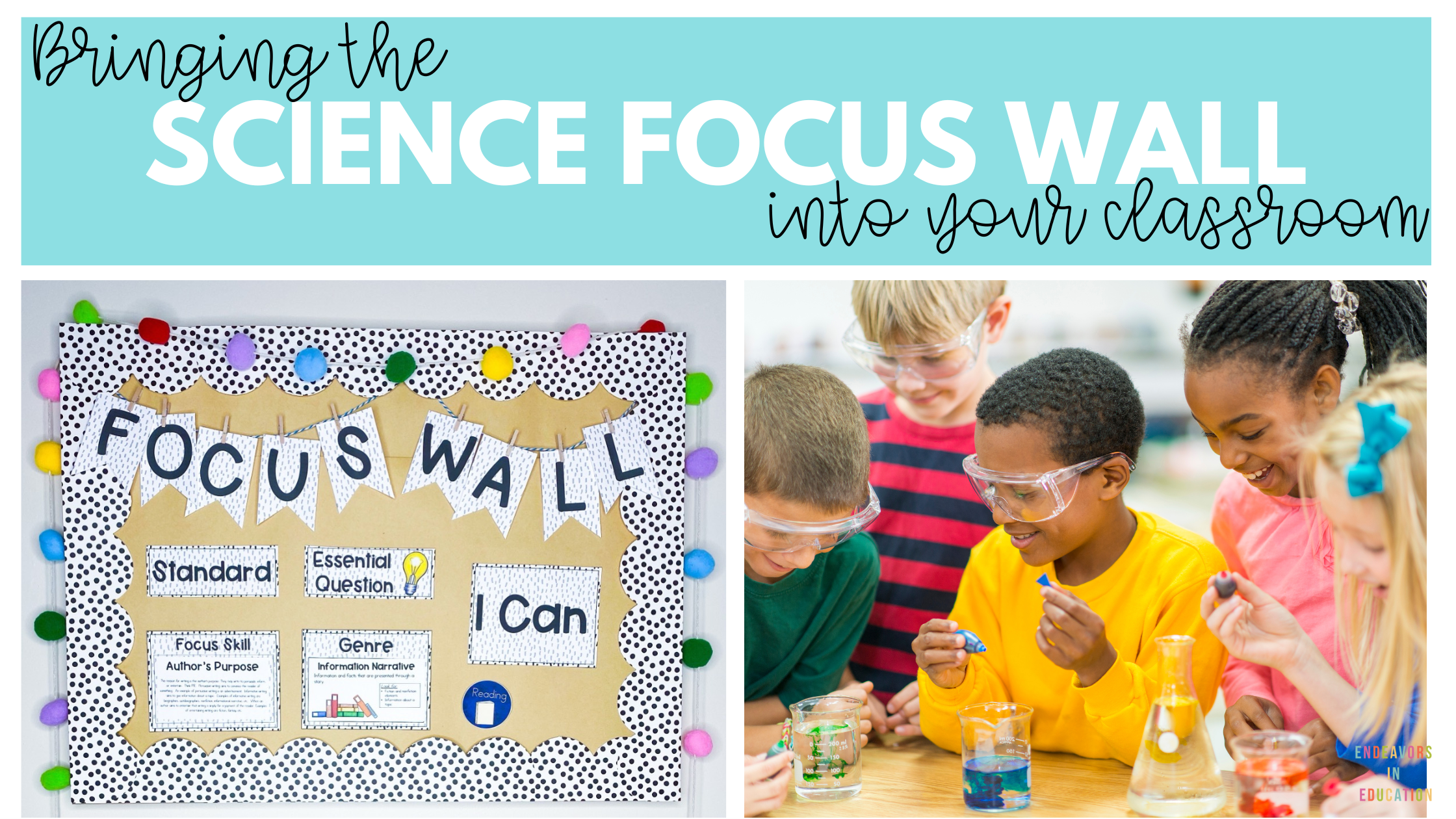What Is a Focus Wall?
A focus wall is a visual anchor for your students: a space in the classroom displaying the current science learning targets, vocabulary, essential questions, and ongoing work. It helps students see what they’re learning and why. It can take the form of a bulletin board, section of a whiteboard, or even a blank wall—ideal when it’s eye‑level and central for all to see.
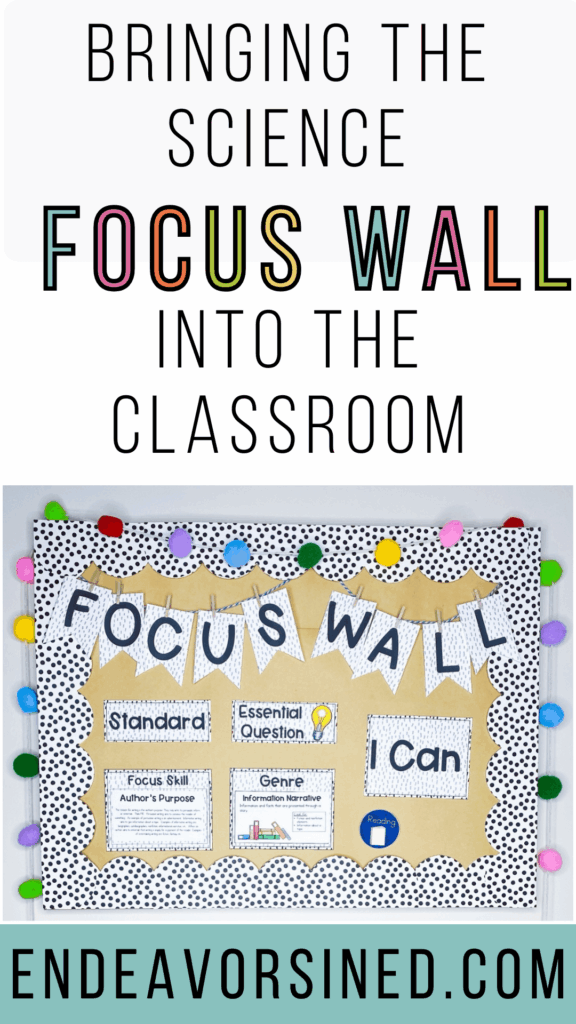
Why Use One in Science?
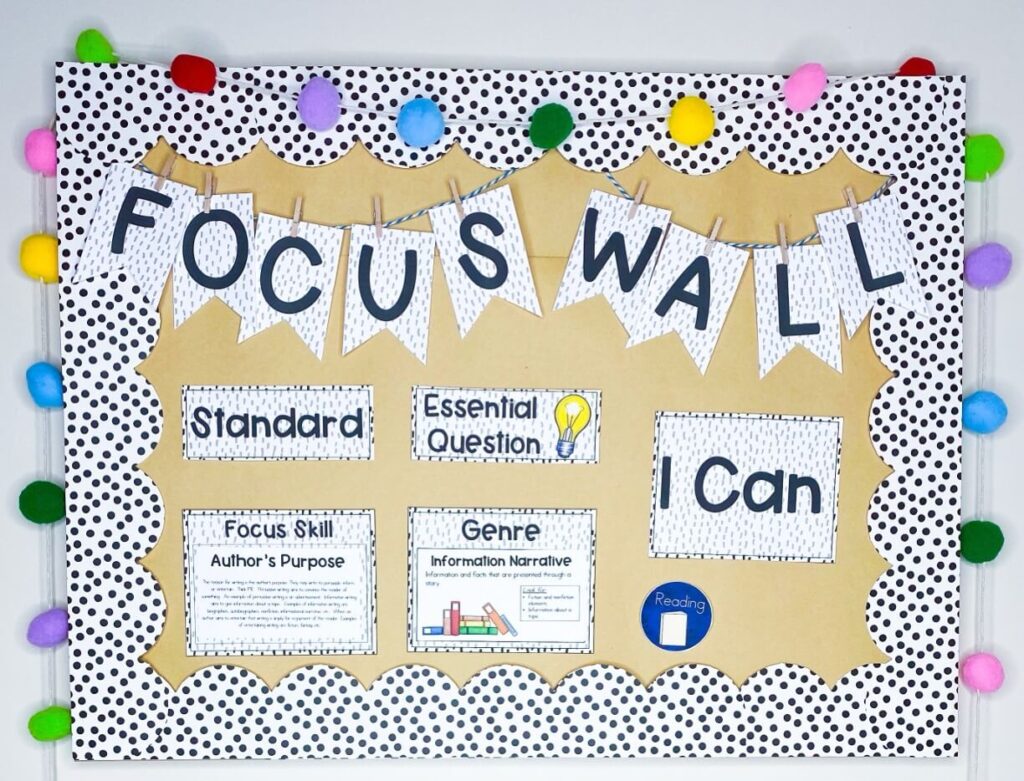
- Keeps students focused on the goals and vocabulary of the current unit.
- Supports visual learners with anchor charts and vocabulary with definitions and examples.
- Makes transitions smoother, students can consistently refer to the focus wall during lessons and independent work.
- Keeps parents and substitutes in the loop when included in weekly communications.
How to Incorporate a Focus Wall in Your Science Units
Here’s a step‑by‑step approach:
1. Assemble Your Base
- Choose a visible space such as a bulletin board or painted wall. You could even have it displayed on the whiteboard.
2. Add Headings & Sections
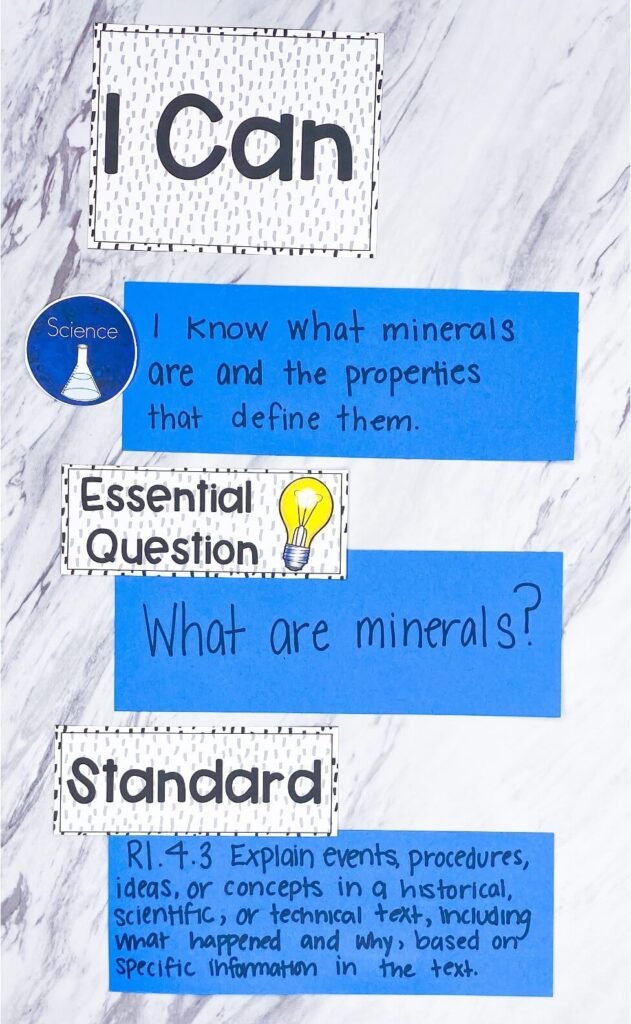
Based on best practices, include sections for:
- Learning Target(s) or standards (e.g., NGSS or state standard)
- Essential Question(s) (e.g,. “What makes plants grow?”)
- Key Vocabulary cards (science terms with illustrations or definitions)
- I Can Statements to break down goals in kid‑friendly wording
- Success Criteria / visual anchor chart for processes like “Steps of the Scientific Method”
3. Populate with Unit Content
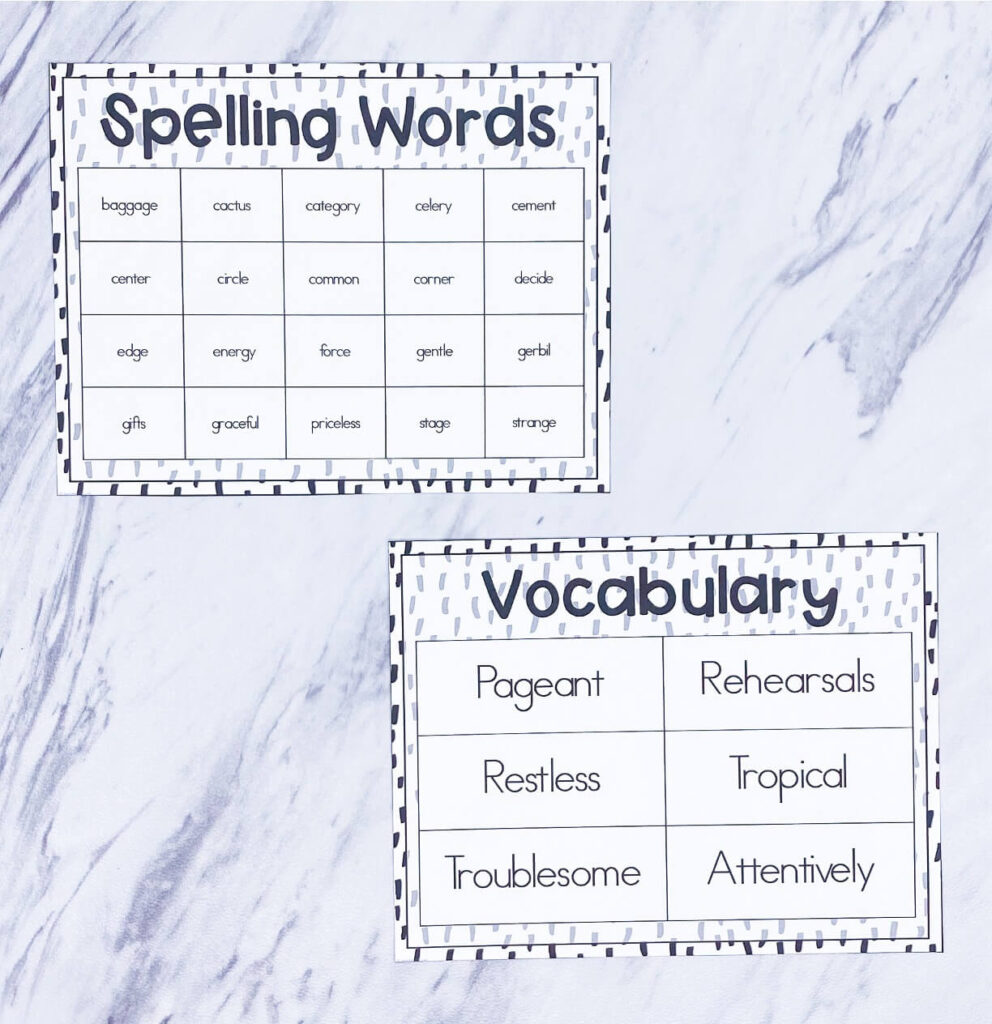
With every new unit (e.g., Life Cycles, Earth & Space), add unit-specific:
- Learning targets & vocabulary from the pacing guide
- Illustrated cards or photos
- Anchor chart visuals or student-created posters that clarify key concepts
Using plastic pockets, magnetic hooks, or binder clips makes swapping faster and keeps the board tidy. The focus wall is yours to customize. You can add as much information or as little as you’d like.
4. Use It in Daily Routines
- Start morning meeting or science class by reviewing the focus wall: read the learning targets and essential question aloud, and preview new vocabulary.
- Encourage students to refer to it during independent practice and ask, “Does your work match our success criteria or I Can statements?”
- Hang exemplar student work that meets the criteria; this models expectations visually.
Built-In Teacher Tips & Best Practices
- Keep it manageable: change it every unit rather than daily.
- Prep ahead: keep past vocabulary/anchor charts in page protectors by month—you’ll save time next year.
- Photograph the wall weekly and send it in a newsletter or Class Dojo message so families know what’s being learned.
- If you teach multiple subjects, consider separate focus walls (or one subdivided), so science stays coherent and uncluttered.
Sample Layout for a Unit: Plant Life Cycle (3rd Grade Example)
| Focus Wall Section | Example Content |
|---|
| Heading / Banner | “Science Focus Wall: Plant Life Cycle” |
| Learning Target | “Students will explain the life cycle of plants using vocabulary.” |
| Essential Question | “How do plants grow and reproduce?” |
| I Can Statement | “I can label each stage of a plant’s life cycle.” |
| Vocabulary Cards | seed, germination, photosynthesis, pollination, illustrated |
| Anchor Chart / Criteria | Diagram of 6 stages: seed → sprout → seedling → mature plant → flower → seed dispersal |
| Student Work Display | Diagrams drawn by students with labels matching the vocabulary |
Mount these pieces using binder clips or magnetic hooks for easy changes. Swap them when the unit ends.
A science focus wall gives you the structure and headings you need. Your job as a science teacher is to regularly update it with clear goals, vocabulary, visuals, and student-friendly language. Use it daily in lessons, workstation sessions, and communication with parents. Over time, it builds a visual habit in students: they know what they’re learning and what successful work looks like. Use the science focus wall with one of these engaging elementary science experiments!
Grab the focus wall featured in this blog post from my TPT shop!


